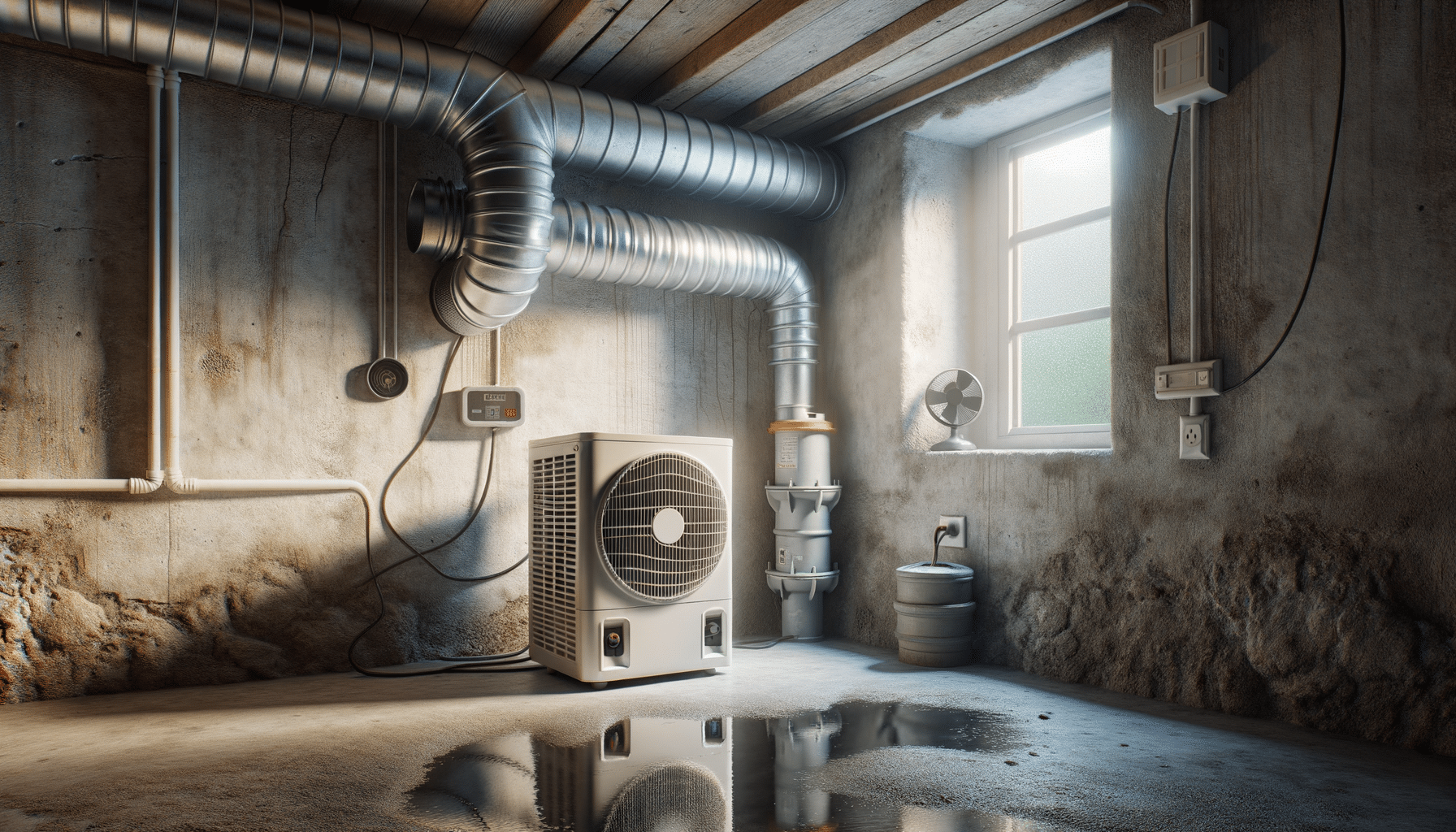
How to Fix Basement Humidity
Understanding the Causes of Basement Humidity
Basement humidity is a common issue that many homeowners face, but understanding the root causes can help in effectively addressing it. Basements are often more humid than other parts of the house due to their location below ground level, where moisture from the soil can seep through the foundation. This is especially prevalent in older homes where the foundation may not be as well-sealed. Additionally, poor ventilation can exacerbate the problem, trapping moisture inside and leading to increased humidity levels.
Several factors contribute to basement humidity, including:
- Groundwater seepage: Rainwater or natural groundwater can infiltrate through the walls and floors if the basement is not properly waterproofed.
- Condensation: When warm, moist air comes into contact with the cooler basement surfaces, condensation can occur, adding to the humidity.
- Leaky pipes: Plumbing issues can introduce additional moisture into the basement environment.
Understanding these causes is the first step in combating basement humidity, allowing homeowners to take targeted action to mitigate the problem.
Effective Ventilation Solutions
Improving ventilation is a key strategy in reducing basement humidity. Proper airflow helps to disperse moisture-laden air, replacing it with drier air from outside. One effective solution is to install vent fans or exhaust fans, which actively move air out of the basement and draw fresh air in. These fans can be strategically placed to maximize airflow and are particularly useful in basements that lack natural ventilation.
For homes with windows in the basement, opening them during dry weather can also enhance ventilation. However, it’s important to close them during humid weather to prevent additional moisture from entering. Another option is to install a whole-house ventilation system, which can help maintain a consistent airflow throughout the home, including the basement.
Proper ventilation not only reduces humidity but also improves air quality by reducing the concentration of airborne pollutants and allergens. By implementing these ventilation solutions, homeowners can create a healthier and more comfortable basement environment.
Waterproofing and Sealing Techniques
Waterproofing is a crucial step in preventing moisture from entering the basement. This involves sealing cracks in the foundation and walls to prevent water seepage. There are various products available, such as waterproof paints and sealants, that can be applied to basement walls and floors to create a moisture barrier.
In addition to sealing, installing a sump pump can be an effective measure to manage groundwater. A sump pump collects water that accumulates in a sump basin and pumps it away from the foundation, keeping the basement dry. For homes prone to flooding, installing a French drain system can also help by directing water away from the foundation.
These waterproofing techniques not only reduce humidity but also protect the structural integrity of the home by preventing water damage. By investing in these solutions, homeowners can ensure a dry and comfortable basement environment.
Using Dehumidifiers Effectively
Dehumidifiers are a practical tool for controlling basement humidity, especially in areas with high moisture levels. These devices work by drawing in moist air, removing the moisture, and then releasing the drier air back into the space. When choosing a dehumidifier, it’s important to consider the size of the basement and the humidity level to select a model that can effectively manage the moisture.
To maximize efficiency, place the dehumidifier in the center of the basement, away from walls and furniture, to allow for optimal air circulation. Regular maintenance, such as cleaning the filter and emptying the water reservoir, is essential to ensure the device operates efficiently.
While dehumidifiers can significantly reduce humidity, they should be used in conjunction with other methods, such as ventilation and waterproofing, for the best results. By integrating these solutions, homeowners can effectively manage basement humidity and create a more comfortable living space.
Conclusion: Creating a Comfortable Basement Environment
Addressing basement humidity is essential for maintaining a healthy and comfortable home environment. By understanding the causes of humidity and implementing a combination of solutions such as effective ventilation, waterproofing, and the use of dehumidifiers, homeowners can significantly reduce moisture levels in their basements.
These strategies not only improve air quality and prevent mold growth but also protect the home’s structure from water damage. By taking proactive steps to manage basement humidity, homeowners can transform their basements into usable and inviting spaces.


